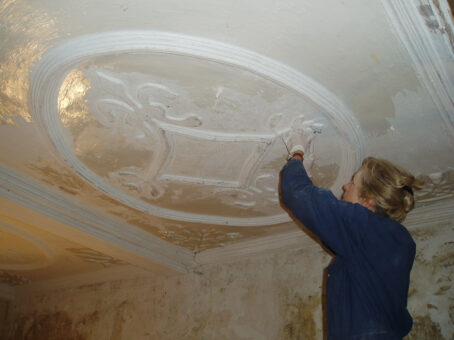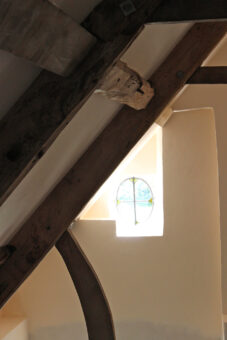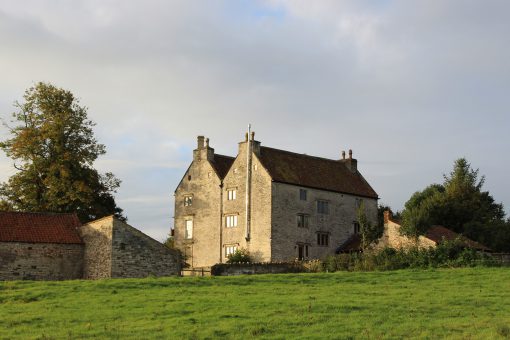Rugbourne Farm
A restoration drama with a famous tenant.
High Littleton, Bristol, Somerset, BS39 6JS
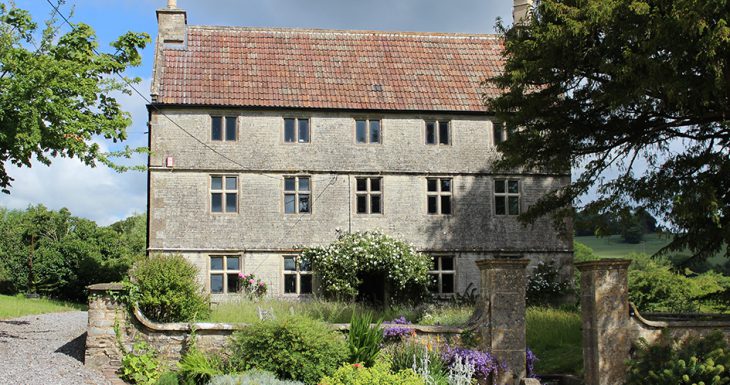
Wheelchair access to ground floor only. Step up on front path but we can provide a ramp if requested.
A small seventeenth-century manor house, farmed until 2002 when the current owners bought it as their home, saving it from imminent collapse.
Architect Andy Paterson, with the help of his wife Zanna (lecturer specialising in Renaissance drama), has lovingly repaired it, and work is still being completed on the second floor.
Andy and Zanna are only the third owner-occupiers, which to some extent explains why Rugbourne is substantially unchanged since it was first built, and retains its architectural and tactile integrity.
It is noted for its most famous tenant, William Smith, who began the first ever stratological map of Britain in this house, an excellent print of which is on view. He called Rugbourne ‘the birthplace of English geology’.
Take a tour of the whole house, including the cellar and attic. After the tour, visitors are welcome to spend time outside, including picnicking in the farm garden, orchard, wood and pasture (13 acres).
Tours include tea and home-made cake.
Historic Houses tours that are scheduled will be listed below. If none are scheduled yet, please check back later, or find other tours you might enjoy on our tours listing page here.
This house is not part of the Free for Members scheme, but is one of many houses on our website that we support to promote their tours, weddings, filming, and other commercial offerings. To see all the places you can visit as a Historic Houses member, please visit our ‘Free for Members’ listings page here. Or to find out more about how the membership scheme works and how it supports our work to protect independent heritage, visit our page here.
Wheelchair access to ground floor only. Step up on front path but we can provide a ramp if requested.

Rugbourne Farm, Somerset

Rugbourne Farm, Somerset

Rugbourne Farm, Somerset

Rugbourne Farm, Somerset
Getting here
High Littleton, Bristol, Somerset, BS39 6JS
From the A39 (travelling south from Bath towards Wells) in High Littleton, take the eastward left-hand fork (downhill in the middle of the village) out of the village, signed Timsbury Road ‘to Timsbury’. Recreation field on your left, exiting the village, and just after the ‘no speed restriction’ sign you will see a black and white 1950s sign ‘To Rugbourne Farm from where William Smith, Father of English Geology lodged…’ Follow that track (left from the public lane) and at the bottom you will find the house.
Where the track meets the public road can be difficult for a full-size coach, but no problem with a medium-large one if the driver is good! The alternative is to let everyone off at the top of the lane, and we can ferry people down in our own cars if anyone has mobility problems. It’s about 200m from the house. The coach can park in the recreation ground car park up the hill from the house on the edge of High Littleton village.
What3words///shifters.revolts.commoners
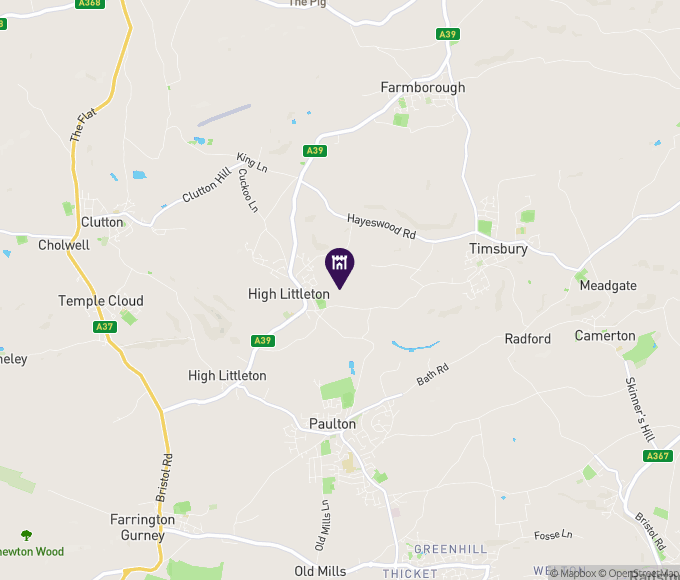
Testimonials of visitors from the Somersetshire Coal Canal Society
A huge thank you from me and all the visitors from BRLSI for such a warm welcome to your home last Friday. The story of your discovery and rescue of Rugbourne Farm was both fascinating and inspiring. The house is a marvel .......... the tea and cake were delicious too! Thank you both so much for giving up your time to give us all a thoroughly enjoyable day.
Our friends were blown away by the beauty of the house and the hospitality of the owners, they were welcoming, warm and so very interesting and knowledgeable ... a fantastic day.
We greatly enjoyed our visit to Rugbourne Farm on Saturday and thank you for such an interesting and charming tour.
Your wonderful house … a dwelling in which you can enjoy living yet retains most of the features of a manor house built in the 17th century. It was an honour and a joy to see where [William Smith] did much of his work … the chance to explore a bit of living history.

